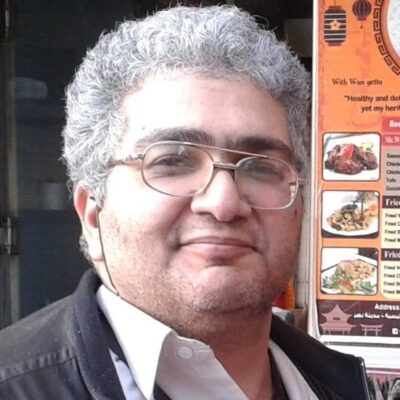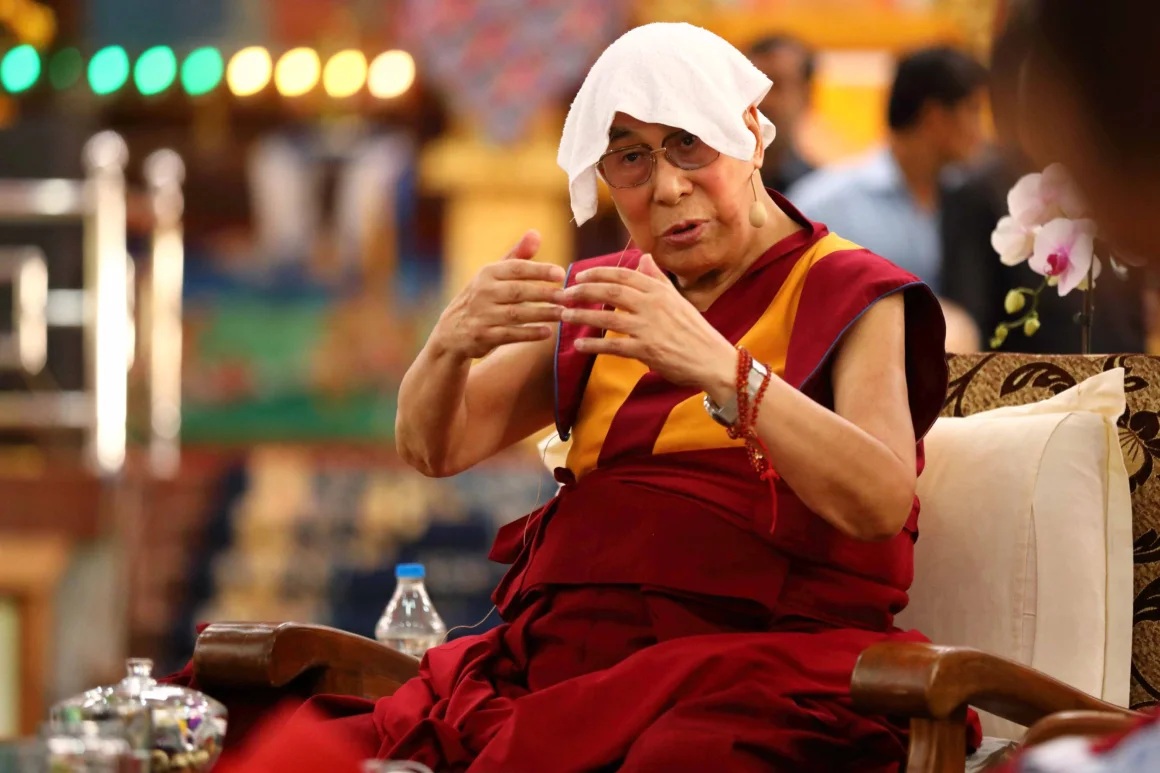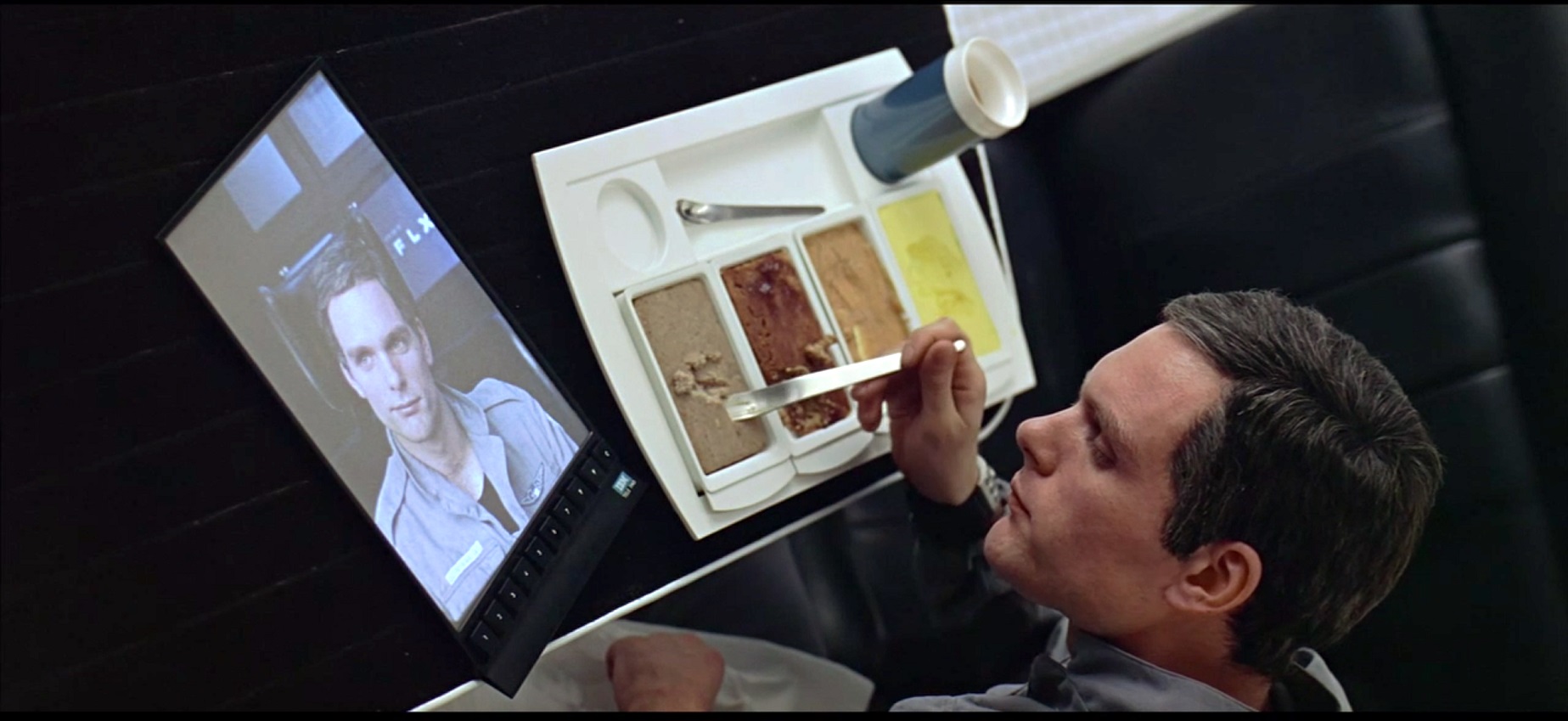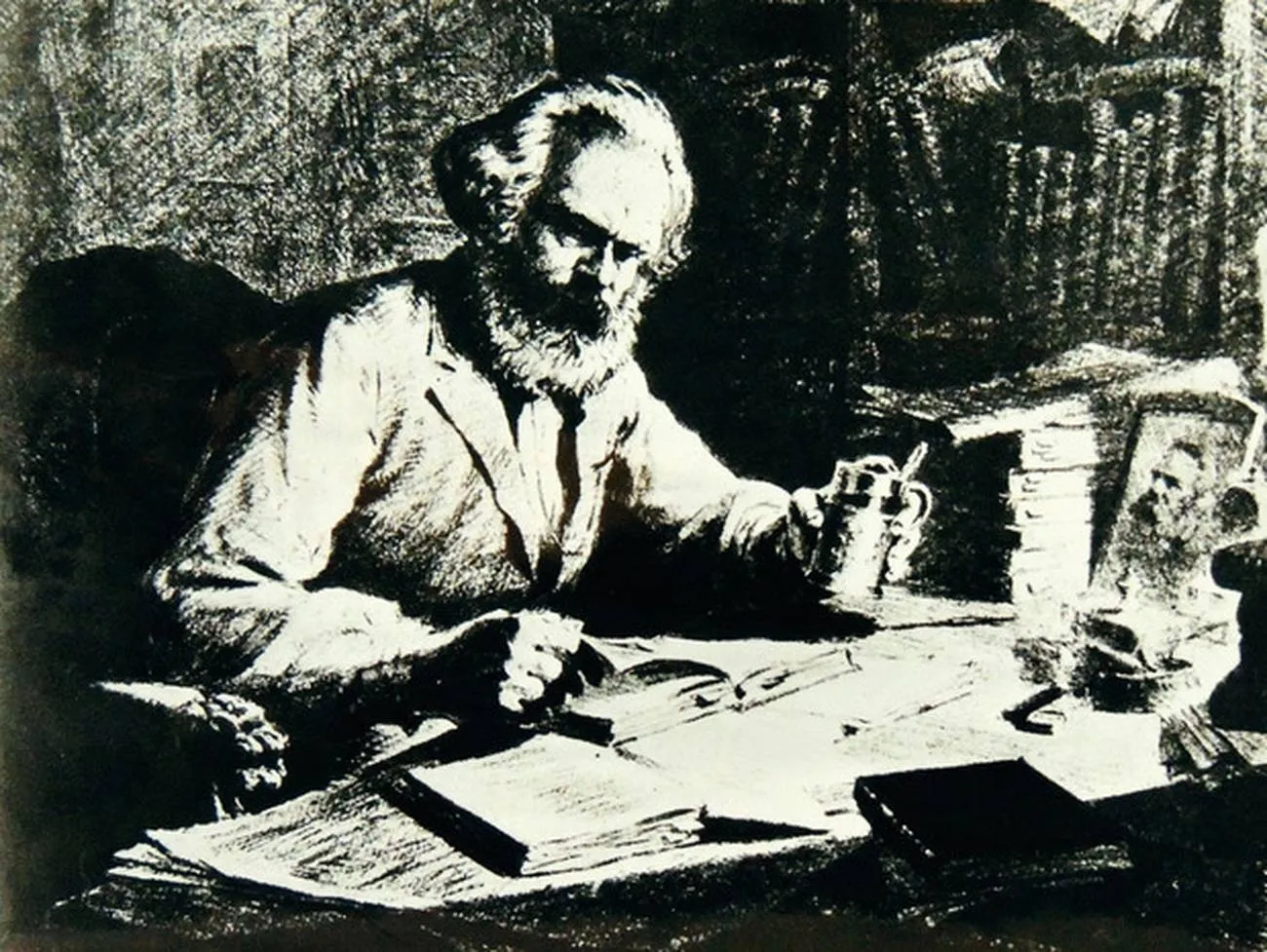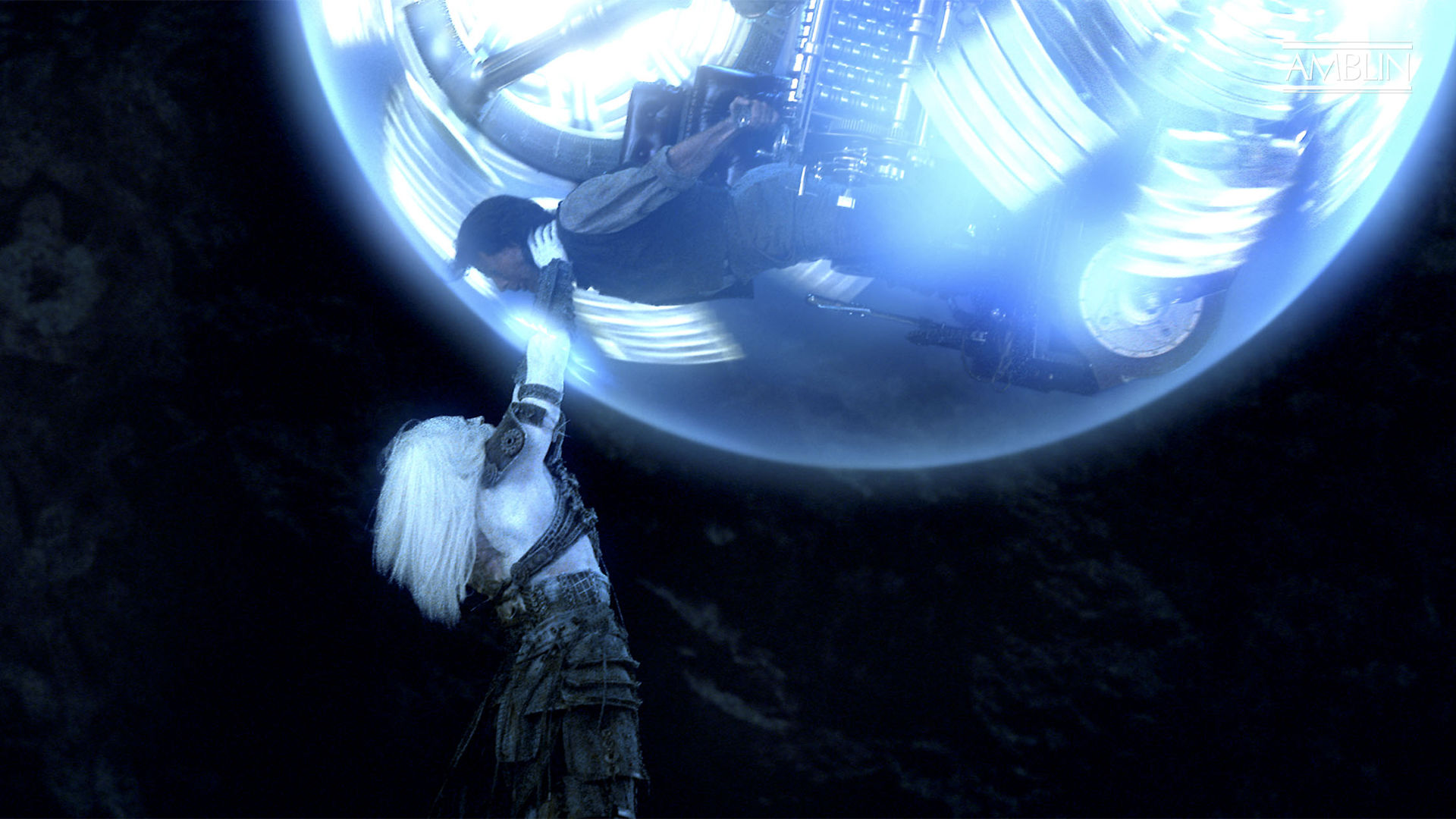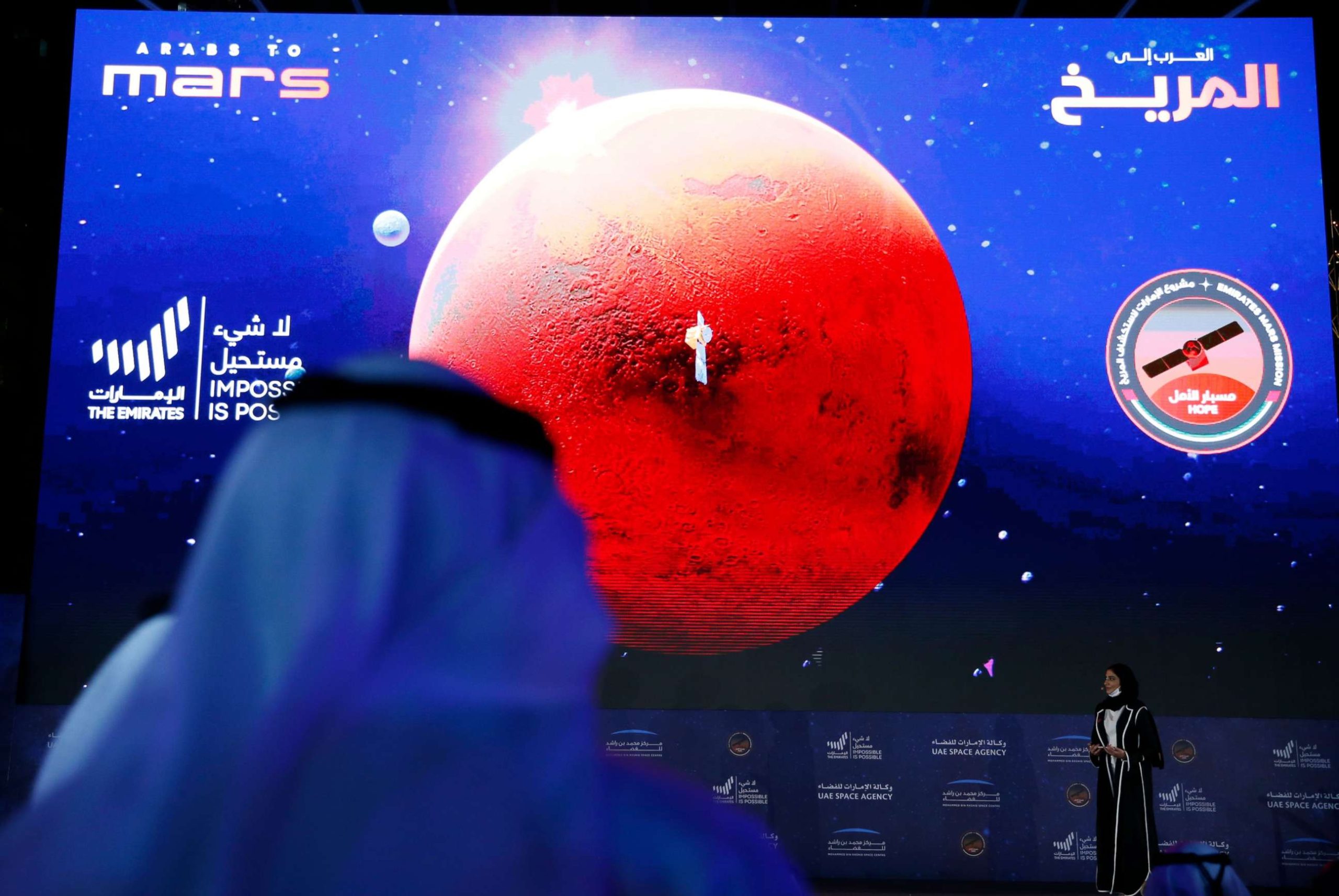
On the off chance of finding something scientifically interesting at a business event, I went to the Energy Egypt & FIREX exhibition in New Cairo, and I was not disappointed!
By Emad Aysha
This was at the Egypt International Exhibition Centre, where they hold the Cairo International Book Fair, and who could have thought they actually fit firetrucks in their FIREX safety exhibit? Saudi Arabia, Qatar, and the UAE were well represented, along with some Egyptian companies and government agencies.
But the Chinese and the Malaysians were the real tech powerhouses on display in Energy Egypt, with Korea not far behind. The Chinese are the battery kings, with the vast, vast majority of lithium production taking place there. And now, with chemical and mechanical modifications, they are producing a whole new line of ‘polymer’ lithium batteries to store and manage the input and output of solar energy. And not just home usage, but for factories.
Another Malaysian scientist told me that the Germans confessed to being 10 to 15 years behind Asia, meaning China.
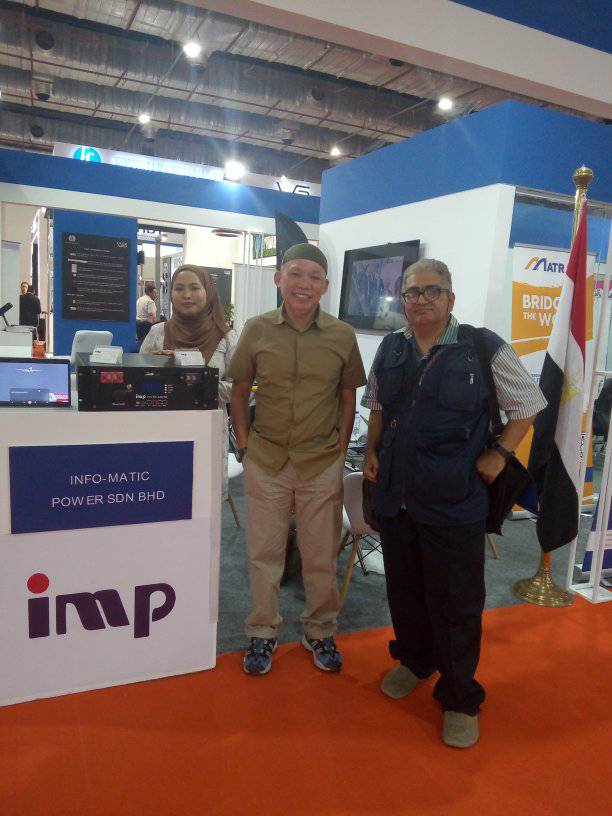
BATTERIES INCLUDED: Dr. Nik Zokipli Bin Nik Hisin [left], one of the stars at the Malaysian pavilion.
An Egyptian engineer with the UAE’s EcoPower added that batteries would now be the new competitive frontier, with capacity, longevity, and charging speed as the deciding factors. (EcoPower were using hybrid inverters and Wifi to manage power input and output, with AI around the corner – so the Arabs aren’t too far behind!)
Other supercool Chinese innovations include Gaoming Technology’s ‘solar glass’ panelling for office buildings (not traditional monochrome PV cells) and an electrically charged ‘privacy film’ on a pane of glass. It clouds itself so you can’t see through it, as need dictates. (It also keeps sunlight out, so it reduces air-conditioning needs on the inside.)
Not far behind were the Malaysians. TRESDATA, for instance, uses geodata and urban planning to plan electricity infrastructure for renewable energy sources, ensuring efficiency and preventing waste. Renewables are expensive, compared to fossil fuels, so you need to get every last volt out of them.
Smart grids and meters aren’t enough by themselves, let alone sound insulation on power cables. On that topic, I was talking to Malaysia’s DNF Cable and, by accident, saw a commercial about how the country is leading an energy revolution by turning sewage into power. I thought, with my crude and outdated mind, that they were using waterfalls of sewage to generate hydroelectricity!
Not so in the slightest. I was directed from that cable booth to the IMP Group, and the person I spoke to explained that the sewage process was not the traditional electrolysis (separating hydrogen and oxygen) but was instead modelled on, or inspired by, the anaerobic process by which bacteria convert waste in water into methane, without oxygen.
The process is complicated and industrial-scale, involving the vaporisation of wastewater and its recompression into a fluid form to upgrade and radically accelerate the anaerobic process through pure laboratory chemistry.
Then I was introduced, to my amazement, to the geniuses behind this versatile energy revolution at EMB Business. These were Khairul and Badrul Khair (entrepreneurs) and the very humble scientist Dr. Kuhalim Kuhamid, traditionally dressed in the long flowing beard of a sage. They explained how they got the idea in the laboratory, trying to replicate what bacteria do naturally.
This way, you reduce the time frame from 35 days to mere moments, allowing them to rearrange the molecules in waste water – combining carbon compounds with H2O, which already has energy in it. But most of this process is adjustable, allowing you to mass-produce either biogases (butane, methane), alcohol, or just pure water.
This was the real solution to the energy crisis, they explained, since you can now combine energy generation with waste and urban planning. And it was a purely Malaysian invention, patented there and exported everywhere else.
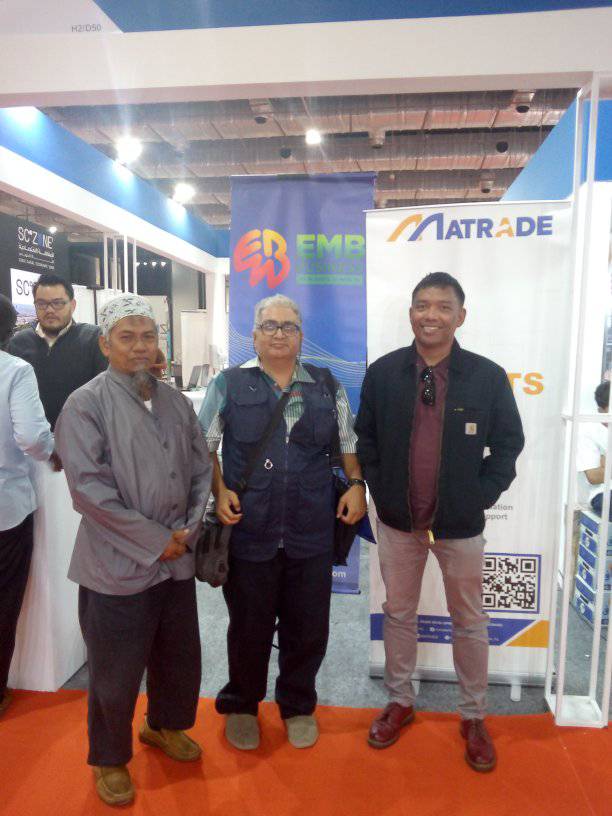
DREAM-TEAM: Dr. Kuhalim Kuhamid [left] and entrepreneur Khairul [right], with me as the passive observer.
This was mainly a dream come true for me. An Egyptian university student, living on the rooftop of a building, used what he took from the textbook to turn his own feces into biogas. All he needed was a large barrel, his own crap and the heat of the sun. And so I incorporated the idea of ‘crap converters’ into a storyline that helps every Arab household become self-sufficient in energy, using solar power.
This was on the planet Mars, mind you, with war brewing up against the Western powers colonising the planet. And growing your own food in the backyard, with the help of camel and goat droppings delivered by Zeppelin (cutting down on fuel costs), further helps turn the deserts green.
Oh, the Zeppelins themselves are hybrid-powered, with solar panels on top and bottom to maximise sunlight exposure from the reflective sands of the desert. The body frames are likewise made of bamboo and flax to reduce weight and so fuel consumption. (Mars has low gravity, so it's perfect for helium balloons).
The reeds, in turn, are covered in Chinese lacquer to make them fireproof—an old Japanese technique used for their wooden castles and forts. The bamboo is Indonesian, while the flax is grown by Iraqi marsh Arabs, who make ample use of the marsh’s excessively salty water, and Egyptians use their own know-how with reeds to turn the flax into marketable designs. Blending old tech with new tech through a sustainable business ecosystem is essentially what you see with the bacteria-inspired wastewater invention.
Another startling discovery at the event was that Malaysia actively promotes science fiction. I got this from the embassy's trade commissioner, Mohammad Khairi Maidin. His generation grew up with Japanese cartoons, so the Malaysian model wasn’t based on the Korean pop and movie juggernaut.
The Malaysia Digital Economy Corporation (MDEC), a government agency, was responsible for promoting SF under the Ministry of Communications and Multimedia.
The trick wasn’t so much promoting production or online events, conferences, and conventions, but the distribution and marketing of SF, specifically protecting the IP of audio-visual and print content produced in Malaysia – SF or otherwise. Careful targeting also meant they could get around the prohibitive production costs in industries like comic books, relying on scanning and ebooks for graphic novels and other genres.
The commissioner insisted that producing sci-fi wasn’t that difficult. Horror and romance were the hardest genres. Again, the issue was getting the message across through advertising and social media, and protecting your intellectual property from theft. And MDEC had been promoting animators, moviemakers, and print creatives for the past 20 years, specifically in the wake of the dotcom bubble in 2001.
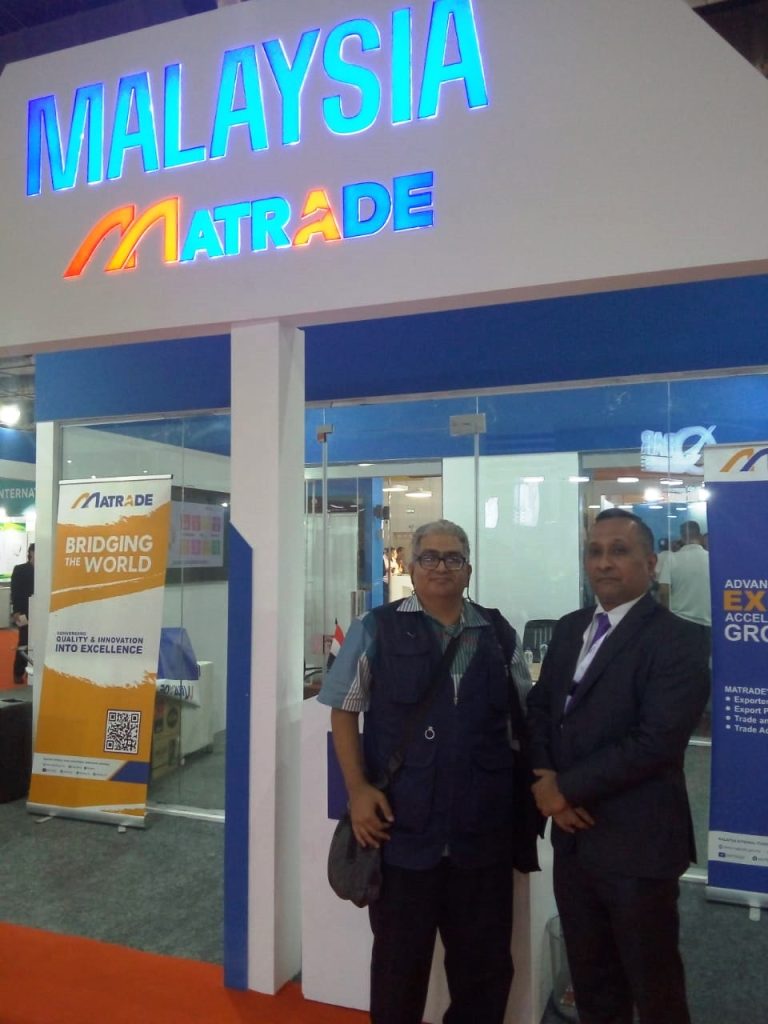
LITERARY AID: Mohammad Khairi Maidin, the Malaysian embassy's trade commissioner [right], proving the free market can still using a helping hand.
Sadly, SF is still a niche genre in Malaysia itself, he further explained. So I guess the ultimate springboard for global notoriety is a mass-scale fan base at home first. But with all these inventions on display, science can just as readily be recycled into science fiction in a positive feedback loop that’s going to clean up the globe.
There’s certainly no shortage of waste – biowaste, wasted potential and crap ideas – in our part of the world!
Special thanks to Sally El-Khatib (MATRADE Cairo), among others, at the Malaysian pavilion.
